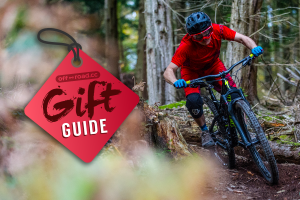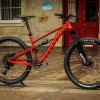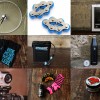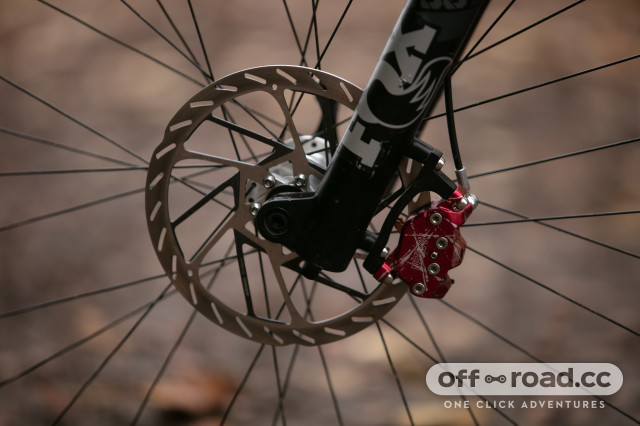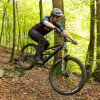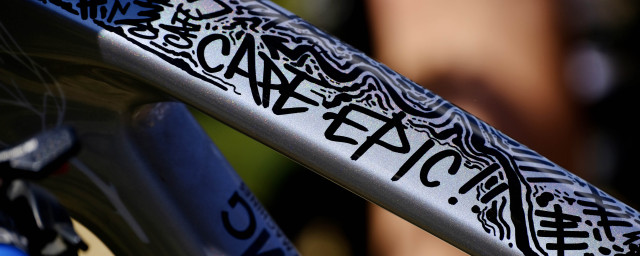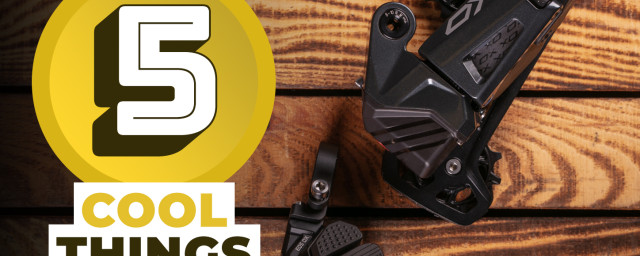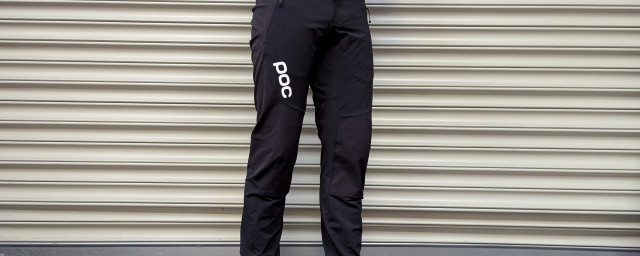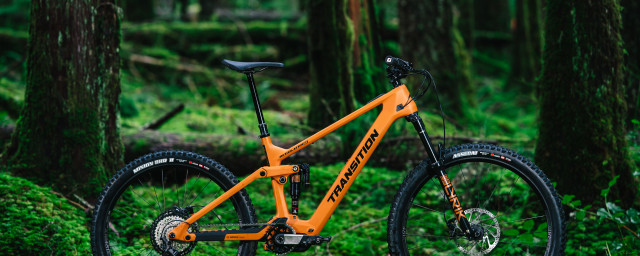Best mountain bike brakes 2025
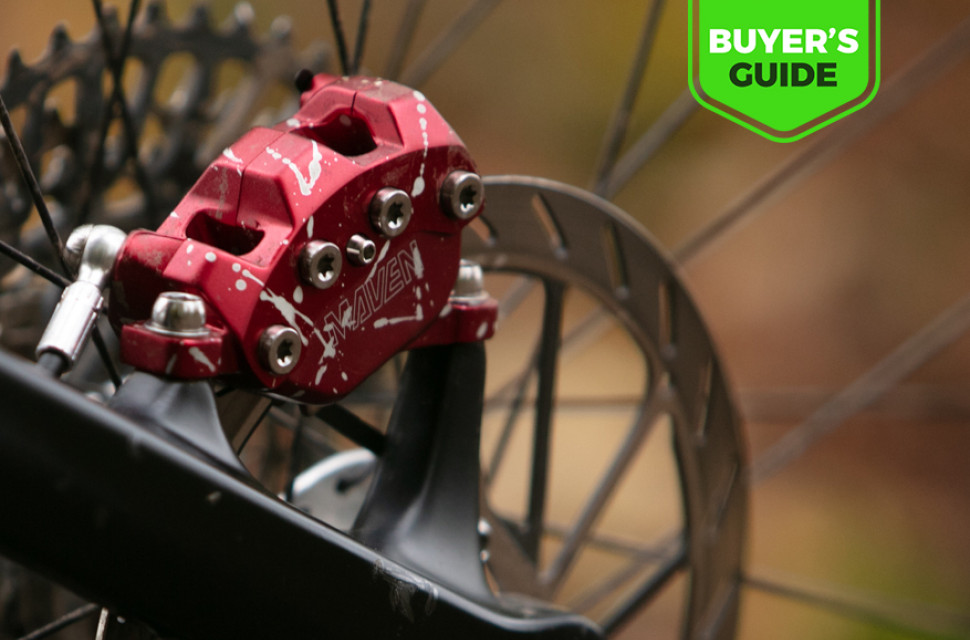
Mountain bike brakes are a lot more personal and genre specific than you might think. Some might prefer sharp and sudden power, where others could roll better with plenty of modulation. With the brake marketplace being one of the most exciting but hotly contested spaces in cycling, here are the very best mountain bike brakes we've tested.
- How to clean disc brakes on a bicycle
- How to bleed your MTB brakes - Shimano, Hope, TRP and Tektro tips
- Disc brake pads explained: Organic vs sintered vs semi metallic
Best mountain bike brakes 2025
- Magura MT8
- SRAM Maven Ultimate
- Shimano CUES U8020
- SRAM Code Ultimate Stealth
- Hayes Dominion A4
- Hope XCR Pro X2
- Hayes Dominion A2
- TRP Trail EVO
- Hope Tech 4 E4
- Magura MT5
- Shimano Saint M820
- SRAM Code RSC
- The best mountain bike brakes
Magura MT8 Pro
£155
If it's a two-piston caliper you're after, with plenty of power for cross-country racing, Magura's MT8 fits the bill. The MT8 packs cool customisation options with plenty of modulation and durability. This Pro model gets an aluminium tool-free reach-adjustable lever, choosing for ease of adjustment over total lightweight, but even then, weight is impressive at 224g straight out of the box.
As for the performance, the MT8 Pro didn't disappoint. Modulation is exceptional, which is a welcome trade-off given that the initial power isn't quite as mighty compared to SRAM's Level offering. However, considering it's a two-piston brake, we were impressed with the power-to-weight ratio on offer.
Get a closer look at this brake in the Magura MT8 Pro brake review.
SRAM Maven Ultimate
£320
SRAM's Maven brake has shaken the market as it's one of the most technologically interesting models around. Built for e-mountain bike, enduro and downhill use, it's designed to boast a lot of braking power and loads of modulation with an easy lever pull – using mineral oil, rather than DOT fluid found on most current SRAM brakes.
The result is reduced arm pump and heaps of control, as well as an extra heft of power left in the tank for when it's needed. It does come at a cost, however, as it's not an inexpensive brake and, compared to many on the market, it's weighty. If you're looking to boost your braking power and overall control on the bike, the SRAM Maven is just the ticket.
For more details on the SRAM Maven Ultimate and its complete kit, check out the SRAM Maven Ultimate brake review.
Shimano CUES U8020
£175
With its recent CUES ecosystem, the U8020 brakes from Shimano come as part of the brand's efforts to unify its drivetrains across cycling genres. Coming in at a reasonable price, the CUES brakes are set to provide all the performance and longevity in a package that pleases all mountain bikers.
Tested on an e-mountain bike, our tester found that this brake rustles up loads of power, and we were impressed with the readily available raft of spares. We did run into a small issue with the piston, but it's something that's fixed quickly under Shimano's warranty.
Here's the Shimano CUES U8020 brake review for more details.
SRAM Code Ultimate Stealth
£320
SRAM's Code Ultimate Stealth brakes use the new Stealth lever body to make the cockpit extra tidy and to play nicely with bikes that use headset-routed internal cable routing. The brand's top-of-the-range Code comes with all the trimmings, including carbon-fibre levers, SRAM's Bleeding Edge fluid circuitry, a contact point (or bite point) adjustment, and SwingLink tech.
In practice, the Code Ultimate Stealth brings an excellent lever feel that balances plenty of power with excellent modulation, and it looks great, too. We enjoyed the lever feel both for its shape and how it delivers its power. There are a few downsides, namely its requirement for a more involved setup for the best performance, its price, and the weight compared to other carbon-bladed brakes, but all in, the SRAM Code Ultimate Stealth is a great stopper.
For a more in-depth look at this brake, check out the SRAM Code Ultimate Stealth review.
Hayes Dominion A4
£230
The Dominion A4 is Hayes' four-piston brake and while it might not look too flashy, it's in the features and general performance where things get exciting. The Crosshair system provides the fine-tuning of the pad alignment, and the Dual Port Bleed system offers independent bleeding of the caliper. Combined, these systems make for a brake that's incredibly easy to live with and maintain.
In use, the Dominion A4 blends a sharp bite point with loads of modulation as it rustles up a serious amount of power but in a usable manner. We did find that it got hot and that the bite point adjustment doesn't work, but the Dominion A4's power and ease of maintenance make for one mean braking system.
Here's the Hayes' Dominion A4 brake review for more information.
Hope XCR Pro X2
£200
The Barnoldswick-based brand, Hope, is renowned for creating some of the most high-quality and sought-after brakes on the market, and its cross-country-going XCR Pro X2 brake is no different. Built from CNC-machined alloy, it stands out against its rivals in terms of aesthetics, but where it impresses is in its low 199g weight figure.
Our tester was won over by the feel the XCR Pro X2 provided and, while it's not as sharp-feeling as others on the market, it packs more than enough power. Braking was reliable and after having a small niggle with the lever travel, Hope's aftersales proved to be equally as excellent.
For a deeper look, check out our Hope XCR Pro X2 brakes review.
Hayes Dominion A2
£230
The Hayes Dominion A2 takes all of what we like about the four-piston A4 model, including the Crosshair and Dual Port bleed system, and distils it into a lighter-weight two-piston package. It also gets a slightly different lever to save weight.
Although it gets two fewer pistons, the power it delivers is still mighty impressive for general trail riding. Thanks to a bearing-equipped pivot, its lever feel is smooth and well-shaped. The tool-free reach adjustment is easy to use, too. However, we found the A2 to get a little noisy.
Read the Hayes Dominion A2 brake review for more.
TRP Trail EVO
£180
TRP's Trail EVO brakes set themselves apart from many other four-piston brakes by way of the 2mm thick rotors they come paired with as standard. As such, they make an excellent choice for gravity riders and big, heavy e-bikes. They come with a lot of the tech found on the brand's top-end DH-R brakes and benefit from the classic trickle-down tech, bringing big power down to a reasonable asking price.
In practice, power was plentiful, and thanks to those thick rotors, the Trail EVOs resist fade rather well. The lever shape was comfortable, too, and the toolless reach adjustment was easily accessible. They're not without a couple of downsides, namely the weight, but if you're after a gravity-focused brake, the TRP Trail EVO makes a top choice.
To learn more, here's the TRP Trail EVO brake review.
Hope Tech 4 E4
£215
The Tech 4 E4 is the latest brake from the brand known for creating some of the most sought-after brakes, Hope. This setup uses the new Tech 4 lever that introduces more power, leverage and a more ergonomic shape with its E4 caliper. That caliper uses hybrid-style stainless steel pistons with a phenolic insert that provides smoother movement and less maintenance.
On the trail, the Tech 4 E4 is one top-stopper. Its full CNC-machined build looks the part, exhibiting an excellent build quality, and its performance is great, too. The lever feel took a little getting used to, but it blends a sharp bite with a good amount of modulation. However, we found the setup and bleeding tricky to perfect.
For the full rundown on how they performed, here's the Hope Tech 4 E4 brake review.
Magura MT5
£95
Super powerful and reasonably priced, the Magura MT5 hydraulic disc brakes have blown us away in terms of sheer braking prowess. As long as you don’t mind the ‘functional’ look and the large lever blade, these are a solid performer suitable for any trail or enduro mountain bike.
These brakes come with a radio lever design, which means that its master cylinder is perpendicular to the handlebar. Magura says this is more compact while freeing up space on the handlebar. Although we're big fans of the power these brakes muster, we found them to be a little spongey in the initial part of the stroke, which was exaggerated by a touch of flex in the long, plastic levers. But once the brakes bite, power is the stroke. They fend off fade effectively, too.
For the full write-up, read the Magura MT5 review.
Shimano Saint M820
£200
The Shimano Saint M820 hydraulic disc brakes are superb, powerful, and mostly reliable brakes. They are good value, given the stopping power on offer, and they look pretty sweet, too. The raw power from the Saints is spectacular, it’ll be the only thing you think about.
These brakes rock Shimano's famed lever, and it feels great. Like many of Shimano's brakes, the Saint can feel a little grabby, but it's something we got used to very quickly. The grabbiness then allowed for very quick scrubbing of speed as and when necessary.
That power, plus some of the best cooling tech on the market, is the reason to buy the Saint brakes.
Read the full Shimano Saint M820 brake review for more details.
SRAM Code RSC
£268
SRAM’s older Code disc brake was the go-to option for downhill riding, but the latest model features a lighter-weight brake lever and several features found on the trail-specific Guide range, making it suitable for all-mountain, enduro or everyday hard riding. SRAM’s Code brake was originally downhill-only, but the changes open it up to enduro and all-mountain use.
The only issue we have with that is SRAM already has some excellent brakes suitable for those disciplines, including the Guide RE, an e-bike-specific brake that sells for around £85 an end.
Like what you see? Everything you need to know can be found in our SRAM Code RSC review.
The best mountain bike brakes 2024
Hayes Dominion A4
The Hayes Dominion A4 takes home the crown as the best mountain bike brakes because it offers a full package that others can't replicate. Not only does it offer loads of power, with a great lever feel and tonnes of modulation, but its Crosshair and Dual Port Bleed system design makes it an easy brake to set up and maintain.
Thanks to the four-piston design, it offers more power than the two-piston A2, but that said, its smaller sibling is also an awesome brake deserving of high praise.
Check out the Hayes Dominion A4 review for more detailed testing notes.
How to choose the best mountain bike brakes
Read on to find the answers to your questions about mountain bike brakes, covering everything from rotor size to brand nuances.
Do bigger rotors stop better?
To put it in the shortest way possible, yes. Larger rotors provide more leverage, which will result in a sharper feel and more power. Bigger rotors also resist heat build-up better, which is invaluable when it comes to long descents. However, that comes with the price of increased weight.
You'll also have to consider your brake mount adapters. With an upgrade to bigger rotors, you'll likely need to buy a new pair of brake mount adapters to suit the big discs otherwise, you won't be able to mount the caliper properly.
How many miles do MTB brakes last?
There are four aspects to a brake's performance over time. The most immediate is brake pads, and the durability of these depends on the compound you've chosen and the conditions where you ride, so it's tough to put a mileage on these. We recommend checking your brake pads often and swapping them out once the pad material meets a similar level to the retaining spring. However, if bedded in properly, your disc brake pads should last longer.
The next is the bleed intervals. Again, not an aspect that can have mileage put on it, but it's best to bleed your brakes at least once a year or when you find some kind of problem in your brakes. If your lever begins to feel spongey and not as powerful as before, it's likely your brake needs to be bled. Fear not, we've got guides on how to bleed SRAM, Hayes, and Magura brakes, as well as how to bleed Shimano, Hope, TRP, and Tektro brakes.
Your brake rotors are also consumable, and a couple of variables come into play when it comes to their lifespan. Harder pad compounds, such as race-specific pads, can wear a rotor faster, and, of course, harsh and coarse conditions can add to the rate of wear. All rotors have a minimum thickness, and once that's reached, the rotor will need replacing.
Finally, all brakes are full of internal seals, pistons, and other gubbins, which will eventually need servicing. While this may sound daunting, it may be years until this needs to happen, but if your brake is consistently allowing air into the system, even after the most thorough bleed, it's probably time for a full service.
Which brakes are better: SRAM or Shimano?
Like everything in mountain biking, there is no one brake to rule them all. Instead, it's more about how the brake feels to use, how powerful it is, and how it delivers its power, and some brakes will suit some much better than others. Some brakes, like Shimano, summon a lot of their power early in the lever stroke, which some people love, but that means that they're tougher to modulate, which can be tricky to manage in areas where grip is scarce.
Brakes like SRAM's tend to offer more modulation at the expense of the sharpest feel. Power is still similar, but it's spread across a wider powerband.
However, where riders are obsessed with buying brakes with all the power, braking power can be a hindrance. Riders can begin to rely too much on their brakes, destroying flow and commitment. Sometimes, limiting braking power can help evolve your skills on the bike as it'll force you to look ahead and think about your braking more cleverly before dropping the anchor as and when something doesn't feel quite right.
